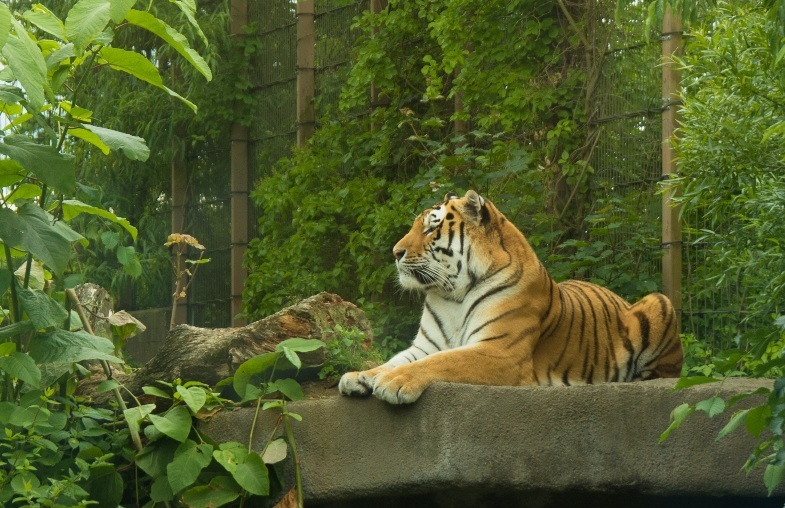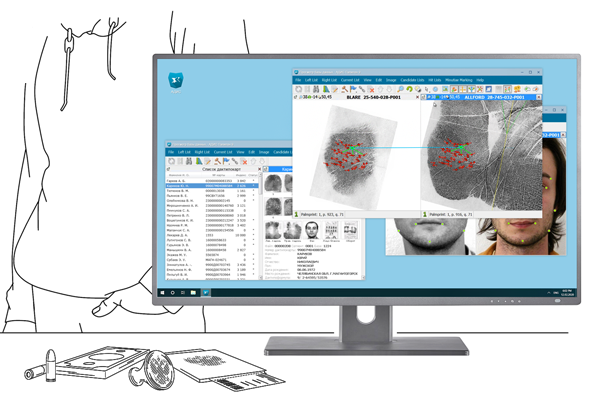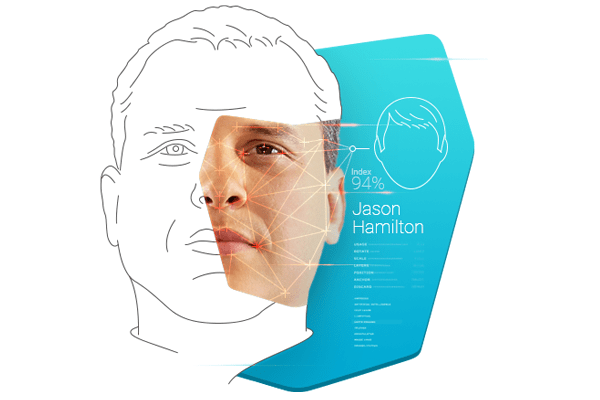Background and Objectives
The population of Amur tigers has decreased 25-fold over the past hundred years. Since 1947, these animals have been taken under the protection of the world community and the states they inhabit. Currently, 95% of the entire population lives in the Russian Far East. In 2013, on the initiative of Russian President Vladimir Putin, the Amur Tiger Independent Non-Profit Organization was created. The INPO is engaged in research and conservation of a wild stock of the predators listed in the Red Book of Russia. In 2017, the director of the INPO proposed to automate the process of recognizing the animals.
Objectives:
- To develop a system for identifying tigers, based on images acquired with 5,000 trap cameras
- To make it possible to passport the animals
- To automate collection of information about the time and location area of an individual animal to study migration flows
Works Completed
Upon some researches conducted, we have proposed the following algorithms for animal identification:
1. By stripes on the animal body
This method is based on the natural feature of the tiger: transverse black stripes on a yellow-brown coat form a complex pattern. This skin pattern is unique for each predator. There are no two tigers with the same pattern in nature. For identification, we used our AFIS algorithms: we encoded nine images of tigers’ sides sent by the INPO’s staff, and six images taken from the Internet. As a result, the system correctly identified each animal.
2. By the exterior of the tiger’s head
The second method is based on full-face images of tigers’ heads. 61 photos were submitted in our POLYFACE system: some of them captured with trap cameras, and some taken from the Internet. Upon locating the centers of the pupils manually, all the images of tigers’ heads were successfully encoded and searched.
Products Used
Results and Effect
The conducted researches have shown that, after refinement, our algorithms can be effectively used to create a multibiometric system for automated census and identification of a population of tigers. Using the system, operators will be able:
1. To keep records of tigers, to enter photo information both when registering tigers and when receiving tigers’ photos from trap cameras.
2. To identify tigers by unique skin patterns (their fragments) and by the exterior of tigers’ heads.
3. To obtain information, for example, about migration of a certain tiger in a certain period of a year (years), to locate its natural habitat, neighborhood with other tigers, behaviour, etc.
This system can be a great help for scientists and specialists in the field of studying the Amur tiger. A huge amount of data can be processed at minimal time and human costs: one or two operators are enough to perform the work. The project is ready to be implemented.








